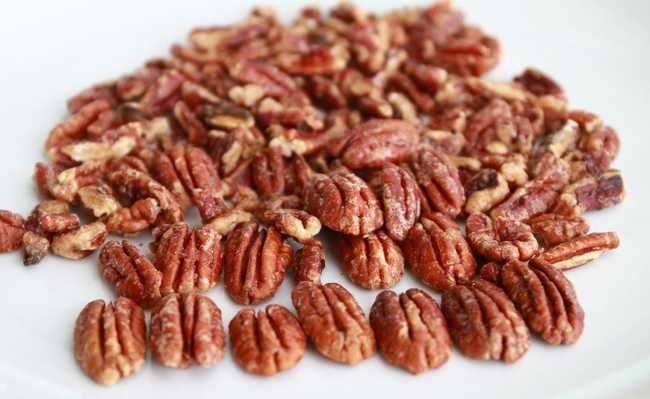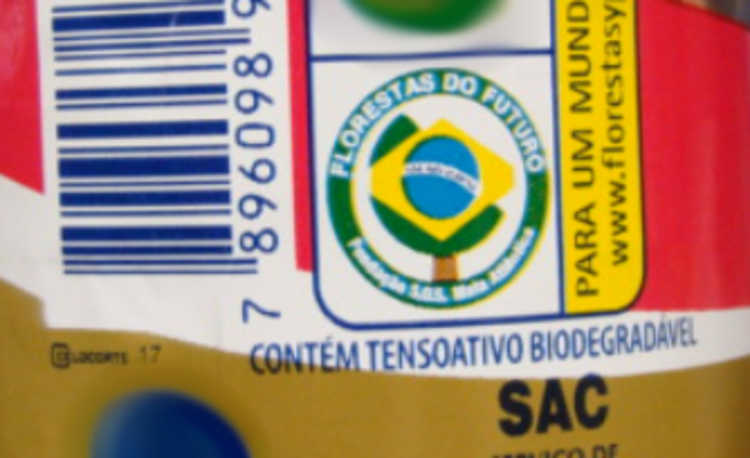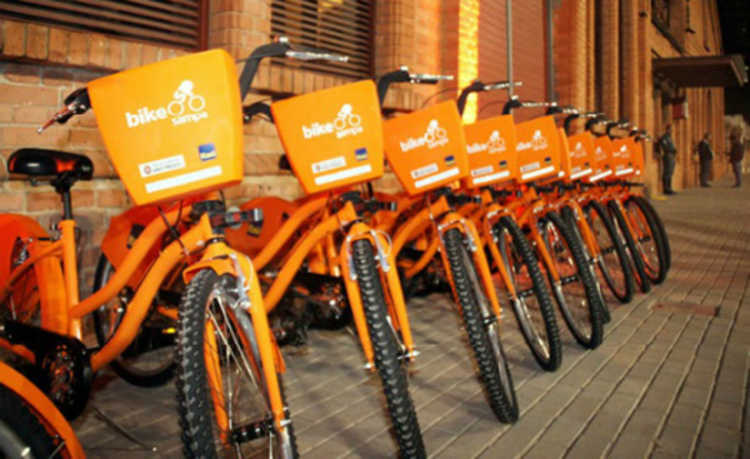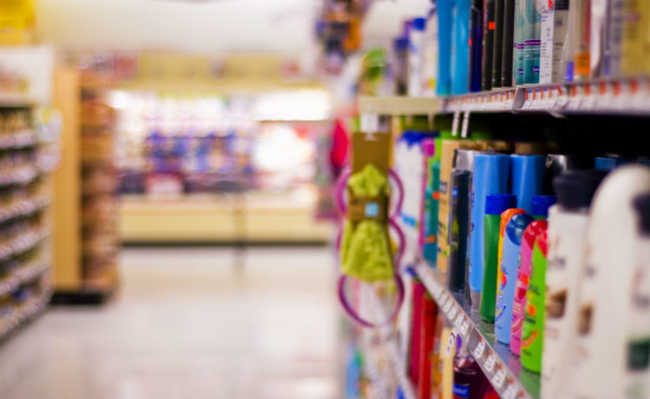Food packaging and the challenge of reducing waste generation
Packing food is an old and necessary practice, but there are obvious exaggerations

Image: Scrap This Pack / Flickr CC 2.0
Since the beginning of society, packaging has played an important role in the transport and preservation of food until the moment of consumption. The first packages used by man date back to ten thousand years ago, when containers with natural structures were used, such as coconut shells and shells. The first raw material used in scale for the production of packaging was glass, followed by packaging produced from steel and tin; it is currently possible to find, in addition to the packages already mentioned, several models made with different polymers, cellulose and aluminum.
The great demand for food results in the generation of a large volume of solid waste that, in most cases, is not properly disposed of, contributing to soil and water pollution. Given this scenario, the packaging industries, according to the environmental and sustainability committee of the Brazilian Packaging Association (Abre), must be adequate according to the standards of the Brazilian Association of Technical Standards (ABNT) ISO TR 14.062/2014, integrating environmental aspects to development of the product (packaging). The integration of environmental aspects in the design and development of products seeks to prevent impacts before they happen and to minimize them when it is not possible to avoid them. Currently, the Brazilian industry has already achieved excellence in the quality of packaging, but it is still necessary to improve the integration of environmental aspects.
Measures appear little by little
Despite the long path that the packaging producing industries need to go to develop more sustainable packaging, some measures are already being taken, such as the creation of biodegradable and recyclable packaging or the application of reverse logistics. A soft drink company, through a project whose theme is lightness, seeks to increasingly reduce the weight of the package without, however, compromising its quality. The reduction in weight of aluminum cans between 1997 and 2013 was from 13.00 g to 10.06 g, which represents a decrease of approximately 23% of the metal used in the manufacture of the can.
Other measures are also being considered to reduce the environmental impact caused by packaging, such as the attempt to standardize returnable/reusable packaging (currently used in the beer and soft drink industries) for all products, such as cookies and grains that they are packaged in flexible, lightweight films (learn more about them here). However, in this case, the new, more robust and voluminous packages do not present advantages in terms of environmental investment in terms of the use of raw materials, production process, transport, among others. Fatty products also present impasses regarding the use of returnable packaging, as they require large amounts of water and detergents in the sterilization process.
Consumer
Consumers also have a fundamental role in the sustainability of packaging, as they are the ones who decide which product to take home. If there is awareness at the time of purchase, with the consumer choosing products that do not have excess packaging (as in the unnecessary case of the tray and plastic film to store the banana - see photo at the beginning of the article), and that have recyclable packaging or biodegradable, and choosing concentrated products or products that are sold in refills, consequently manufacturers will be obliged to adapt to consumer requirements.
The case of steel cans for soy oil demonstrates the strength that consumer choice has on product characteristics. Although the steel can promotes better conservation and, according to Antônio Carlos Teixeira, president of the National Union of Metal Stamping Industries (Siniem), the use of PET packaging entails the addition of preservatives to the oil, consumers mainly opted for the PET bottle. for its transparency and the idea that the material is easily recyclable. However, PET packaging, when used to store oil, becomes impregnated with the product, which makes recycling impossible. Currently, consumers face the unavailability of soy oil in a steel can on the market, making it difficult to resume an old habit that, in the end, was more sustainable. It is also important to emphasize that it is up to the consumer to be informed about the level of benefit of the use of a certain packaging for the environment, since the industry can mask or omit important information about the production process, transportation, cleaning of a certain material or what happens to it when in contact with the food to be packaged.
The management and management of solid waste provided for in Law No. 12,350, of 2 August 2010, has as a priority the non-generation of solid waste. Would food consumption be viable without the use of packaging, thus minimizing waste generation? In Germany, a new market concept sells unpackaged products - the consumer takes his own containers and buys the quantity necessary for his consumption, thus avoiding not only packaging waste, but also food waste. In Brazil, the implementation of this practice requires consumer awareness and responsibility, however the existence of cereal regions, municipal markets, open fairs and markets that offer certain products in bulk is nothing new for Brazilians. But most consumers prefer the convenience that the markets offer... For people who want a more sustainable way of buying and using less packaging, there is the option of these stores.
Proper disposal is extremely important so that returnable packaging can be recycled and reused. If you are a beer or soda consumer (although neither is highly recommended) and consume the product in returnable packaging, do not use the containers to deposit cigarette butts, paper towels or any other object, as this makes the sanitation of the more difficult packaging, resulting in greater use of water and detergent. In addition, it is up to us, consumers, to separate recyclable from organic and non-recyclable waste, and thus prevent the accumulation of waste in inappropriate places. And finally, composting is always a good alternative to organic waste.
Sources: Sustainable Packaging in Brazil (Elaine CS Bomfim and Raquel F. de Lima), Integration of Environmental Aspects in the Design and Development of Packaging, ITAL - Cans for increasingly light beverages (Jozeti Gatti), Conscious Consumption of Packaging - what is that it?, Exclusive: Steel cans for packing cooking oil are healthier and protect the environment, Presidency of the Republic - Civil House - Deputy Chief of Legal Affairs - Law No. 12.305, 2 August 2010










